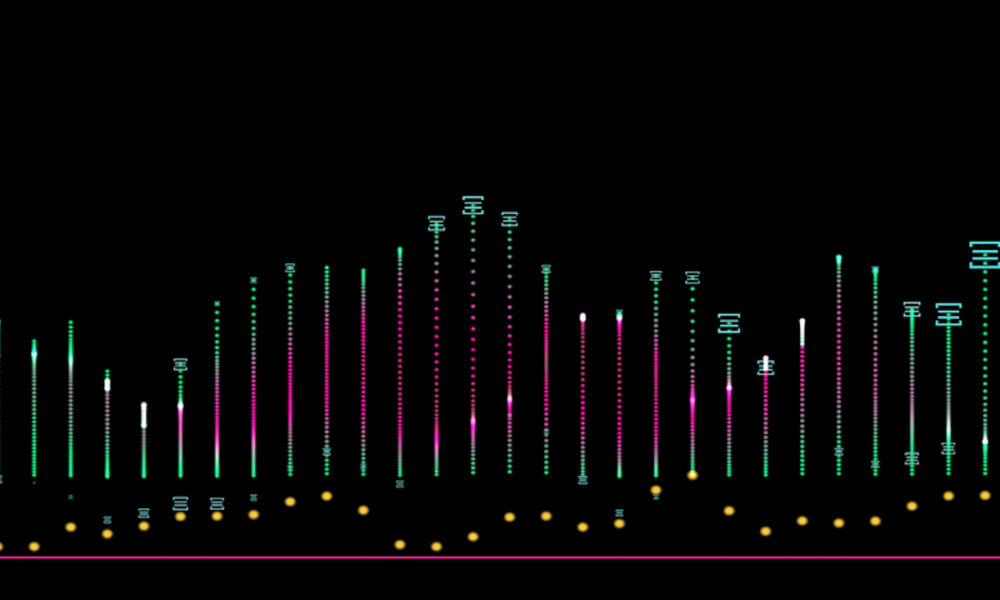Bitcoin ETF Outflows Hit $870 Million: Second-Largest Withdrawal on Record
According to SoSoValue, the Grayscale Bitcoin Mini Trust experienced the highest withdrawals, with $318.2 million withdrawn from the fund. BlackRock's IBIT, usually a good performer, experienced an outflow of $256.6 million. The FBTC of Fidelity reported redemptions totaling $119.9 million.
U.S. spot bitcoin exchange-traded funds recorded $869.9 million in net outflows on Thursday, representing the second-largest withdrawal since these investment vehicles launched. The mass exodus reflects growing caution among investors as the price of bitcoin declined sharply.
Other outflows originated from Grayscale's GBTC and funds managed by Ark, 21Shares, Bitwise, VanEck, Invesco, Valkyrie, and Franklin Templeton. All significant bitcoin ETF providers recorded net withdrawals throughout the session.
The largest outflows were recorded on a single day, February 25, 2025, when the funds experienced an exit of $1.14 billion. The numbers on Thursday represent a major change in investor sentiment toward cryptocurrency exposure.
Institutions Pull Back Amid Economic Uncertainty
According to Vincent Liu, the chief investment officer at Kronos Research, the withdrawals were a ”risk-off reset.” Economic indications are not all positive, and institutions are decreasing their exposure to volatile assets.
According to Liu, large outflows are indicative of a risk-off reset, which occurs when institutions withdraw in response to macroeconomic noise. He observed that short-term momentum is under pressure, but there is long-term structural demand for Bitcoin.
The outflows coincide with deteriorating market conditions across multiple asset classes. Investors are reallocating capital from high-risk investments to safer alternatives.
Min Jung, a research associate at Presto Research, stressed the broad nature of the sell-off. Markets are witnessing widespread de-risking as uncertainty around Federal Reserve policy intensifies.
”Investors are pulling capital from higher-beta assets and rotating into safety, reflecting uncertainty around the Fed's path and deteriorating macro sentiment,” Jung explained.
Bitcoin Price Drops Below $98,000
At press time, Bitcoin is trading at $97,184, suggesting a 6.34% decline in the last 24 hours.
BTC price action over the past 24 Hours (Source: CoinMarketCap)
Liu described the drop as a ”liquidity let-down” where cascading liquidations met thin order books. Buyers have concentrated their demand between $92,000 and $95,000, creating a potential support zone.
”Until fresh flows refill the books, volatility stays front and center,” Liu said.
Justin d'Anethan, head of research at Arctic Digital, identified current levels as critical support. A break lower could push prices into the lower $90,000 range.
”I suspect those levels would be seen by many as a buying opportunity, especially for all those left on the sidelines when BTC, not that long ago, was pushing past the mid $120Ks,” d'Anethan noted.
The market's recent high above $120,000 now appears distant as selling pressure mounts. Long-term investors may view these lower prices as opportunities to enter the market.
You May Also Like

Best Crypto Presale 2025: Why Users Are Flocking to Earth Version 2 (EV2)

The DeFAI Crucible: Navigating Trust and Automation in a Nascent Market
